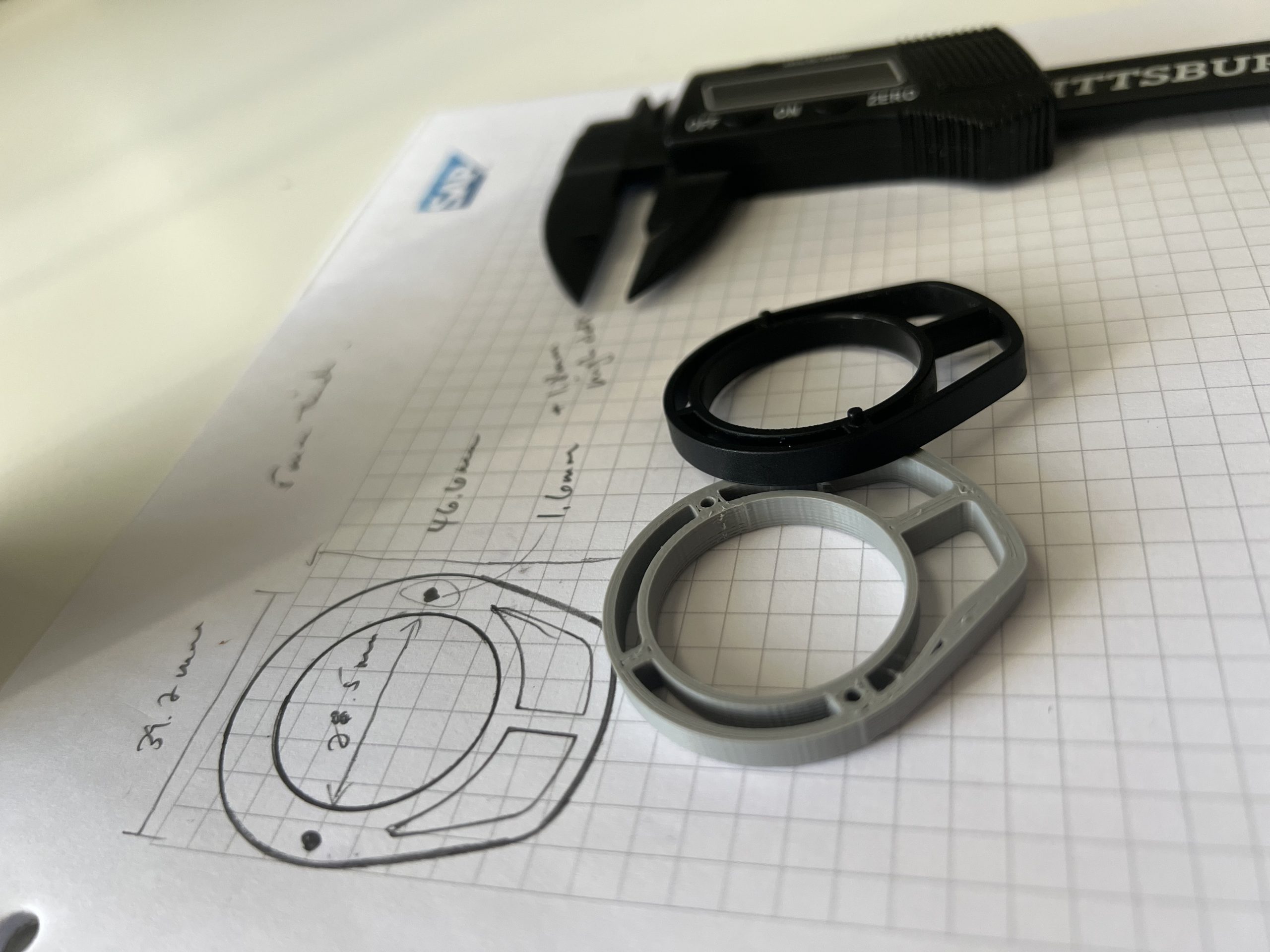After designing, building, rebuilding, and re-printing dozens of accessories for my bikes over the last few years, I wanted to create and share a open source design system for accessories for bikes that allows myself (and a community) to innovate and collaborate on these types of products. Here is a snippet from the readme file:
Our goal is to develop a modular mounting system for bicycle accessories — ranging from water bottle holders and lights to phone and cycling computers. Partially inspired by Gridfinity, this system provides a base platform and is intended to be stackable. The motivation behind the definition and open source nature of this project is to encourage community-driven design and innovation in the triathlon space.
































You must be logged in to post a comment.